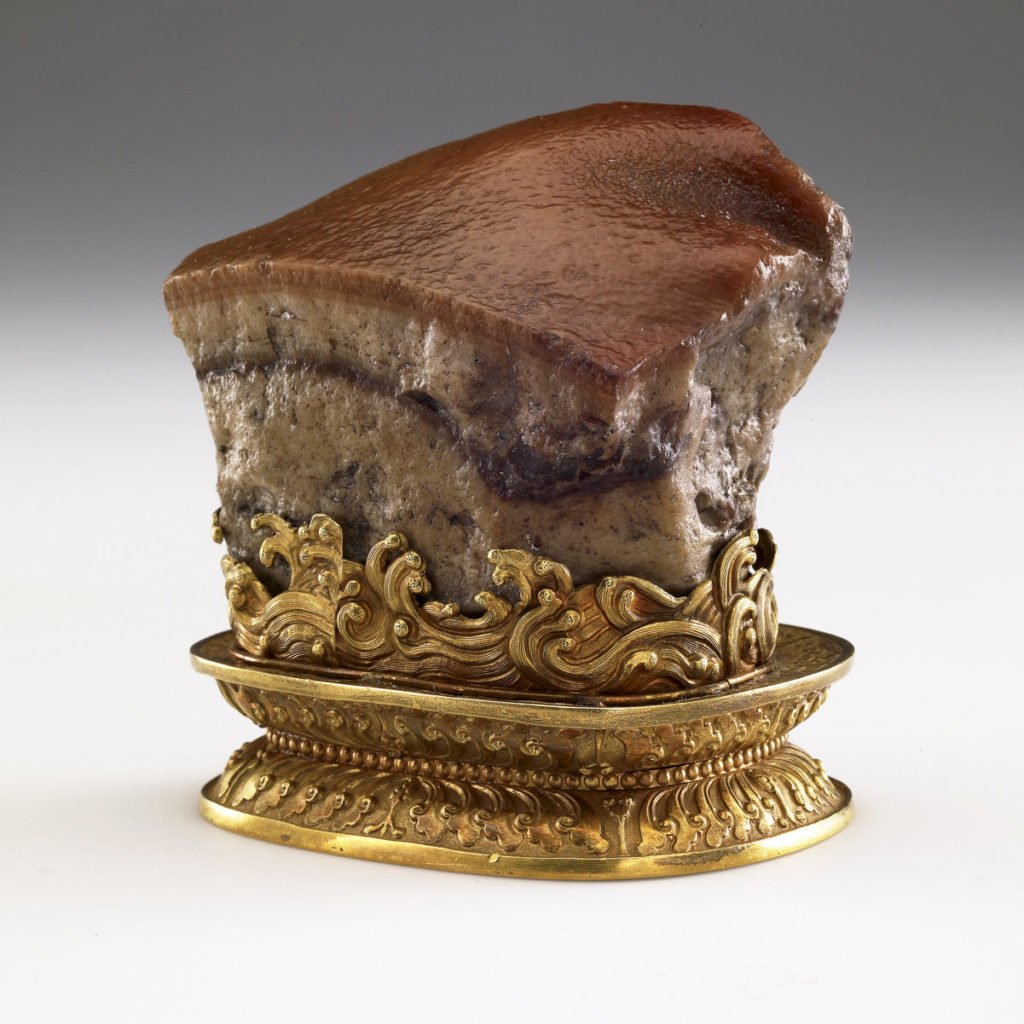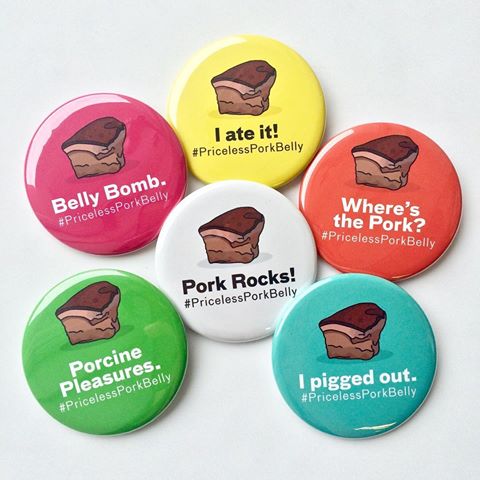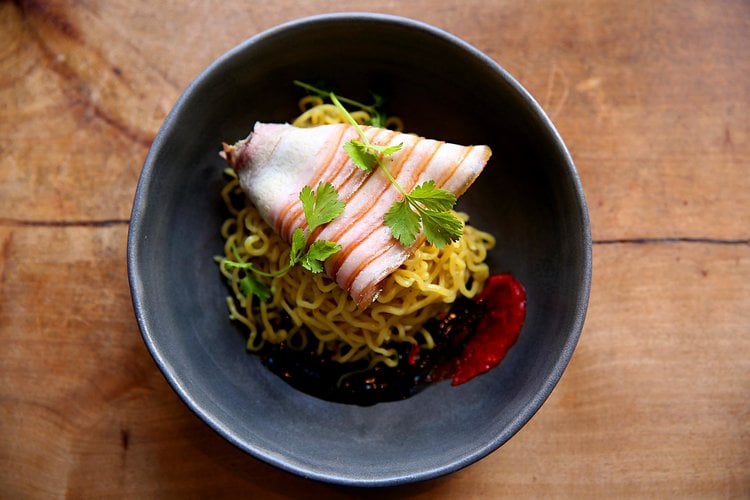Art & Exhibitions
Taipei’s Fabulous Meat-Shaped Stone Arrives in San Francisco
This work of art looks good enough to eat.

This work of art looks good enough to eat.

Sarah Cascone

One of Taiwan’s most prized artistic treasures is coming to San Francisco this month, but it’s probably not what you would expect. Taipei’s National Palace Museum is offering the Asian Art Museum a rare loan of its beloved “meat-shaped stone,” a small piece of jasper carefully manipulated by a 19th-century Chinese craftsman to accentuate its striking visual similarities to a piece of braised pork belly.
The National Palace Museum is exceedingly proud of the piece, which “show[s] how great craftsmanship not only enhance[s] the beauty and features of natural objects, but it sometimes even outdoes them,” as it states in a description on the museum’s website.
In our foodie-friendly age, where shots of delicious meals rival art selfies for Instagram supremacy, the stone is now primed to become a hit in America on its first journey stateside. It even has a hashtag: #PricelessPorkBelly.

Pork Belly Buttons. Courtesy the Asian Art Museum, San Francisco.
“It’s just so realistic, it looks like a real, mouthwatering piece of pork,” Asian Art Museum director Jay Xu told the New York Times in May. “You can’t help but fall in love with it.”
The stone, with its clear layers of fat and glistening sheen, most closely resembles the dish dongpo rou, said to have been invented by Su Dongpo (orginally known as Su Shi), an 11th-century Chinese poet and artist.
In homage, 12 San Francisco chefs have been enlisted to prepare their own meat-shaped rock-inspired dishes as part of “Priceless Pork Belly, Plated.” For one month only, chefs including Mission Chinese’s Danny Bowien and the Slanted Door’s Michelle Mah will showcase tribute pork belly entrees at their respective restaurants, which come with limited-edition pork belly buttons.

Danny Bowien’s Prized Pork Belly dish inspired by the meat-shaped rock. Courtesy of Mission Chinese.
Visitors to the museum can also sample dongpo rou on July 7, at “Pork: A Tribute,” an exhibition tour and pork tasting event being held as part of the museum’s “Emperors’ Treasures Programs.”
According to the BBC, some 5,995 visitors a day flocked to see the ersatz pork during a 2014 exhibition at Kyushu National Museum in Fukuoka, Japan. Bravo notes that the National Palace Museum’s most popular gift shop item is a miniature replica of the mouthwatering sculpture.

The Jadeite Cabbage (19th century). Collection of the National Palace Museum, Taipei. Photo by Peellden, public domain, GNU Free Documentation License, Creative Commons Attribution-Share Alike 3.0 Unported, 2.5 Generic, 2.0 Generic and 1.0 Generic license.
“Every time at the museum, you could see lines—long lines—of people coming to see it,” Xu told the San Francisco Chronicle. “It’s so popular that nobody was allowed to stop.”
The National Palace Museum is also the owner of the even more famous Jadeite Cabbage, carved during the Qing dynasty, which features tiny insects amid its delicate leaves. At its last journey outside Taiwan, in 2014, the cabbage attracted an astonishing 21,000 visitors a day (including this reporter) at the Tokyo National Museum.
The “meat-shaped stone” is on view in “Emperors’ Treasure: Chinese Art from the National Palace Museum, Taipei,” at the Asian Art Museum, San Francisco, June 17–September 18, 2016.